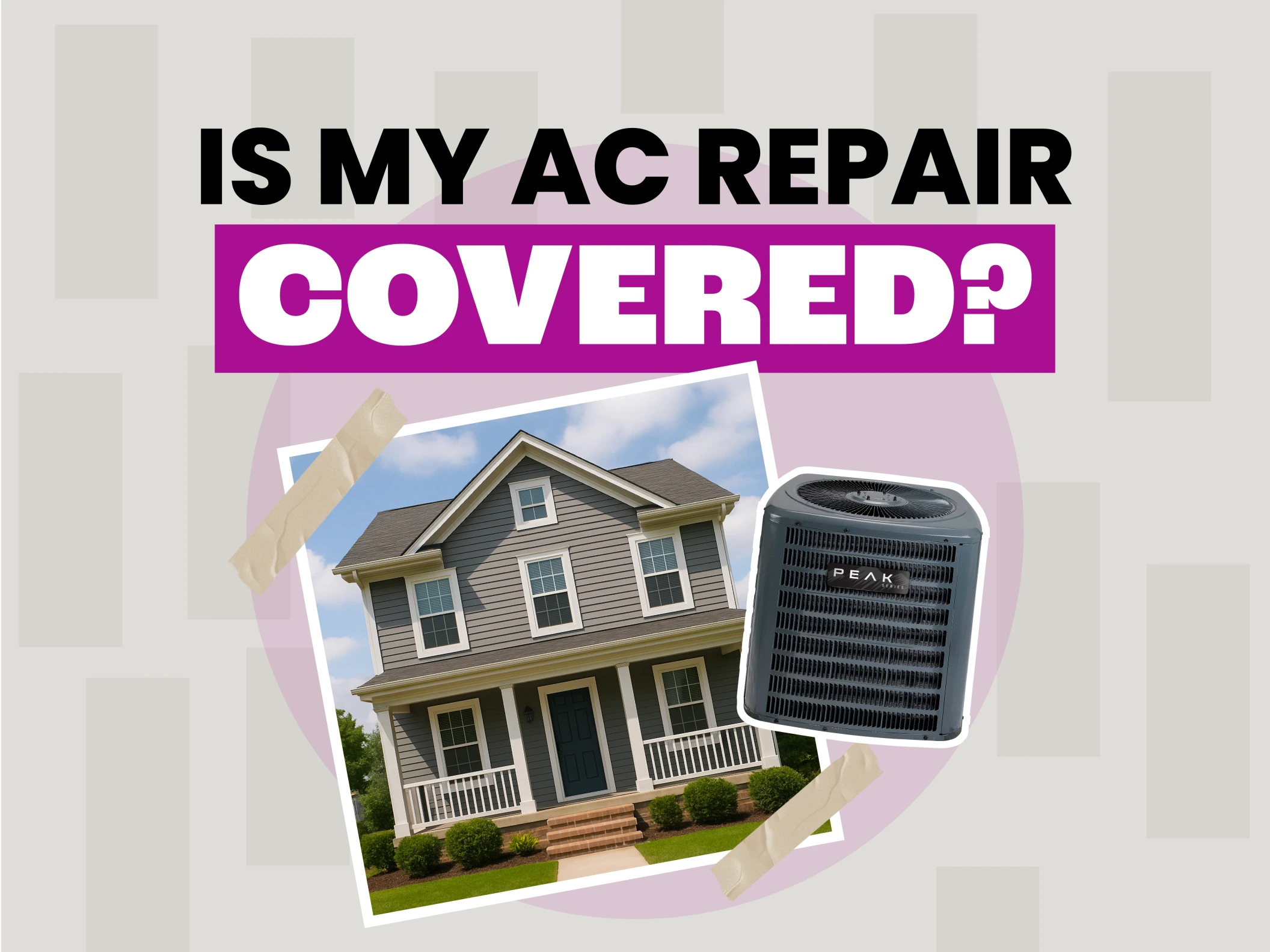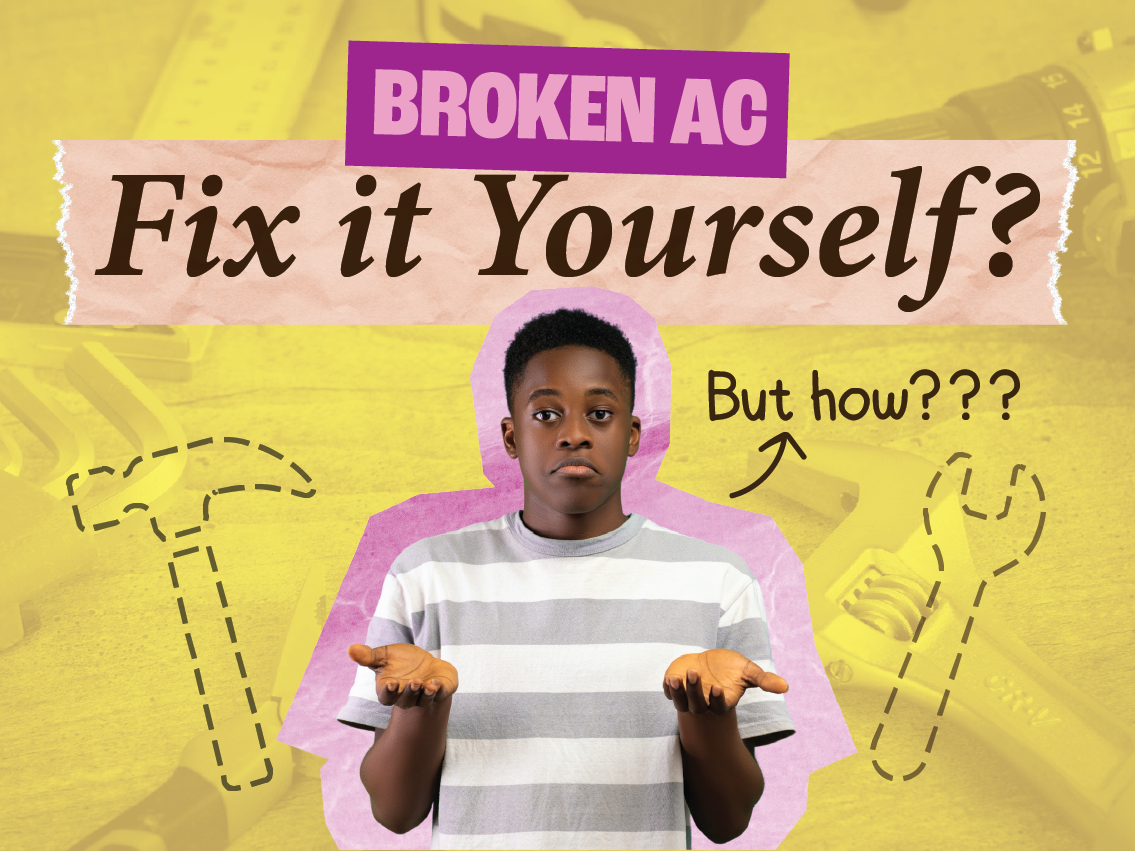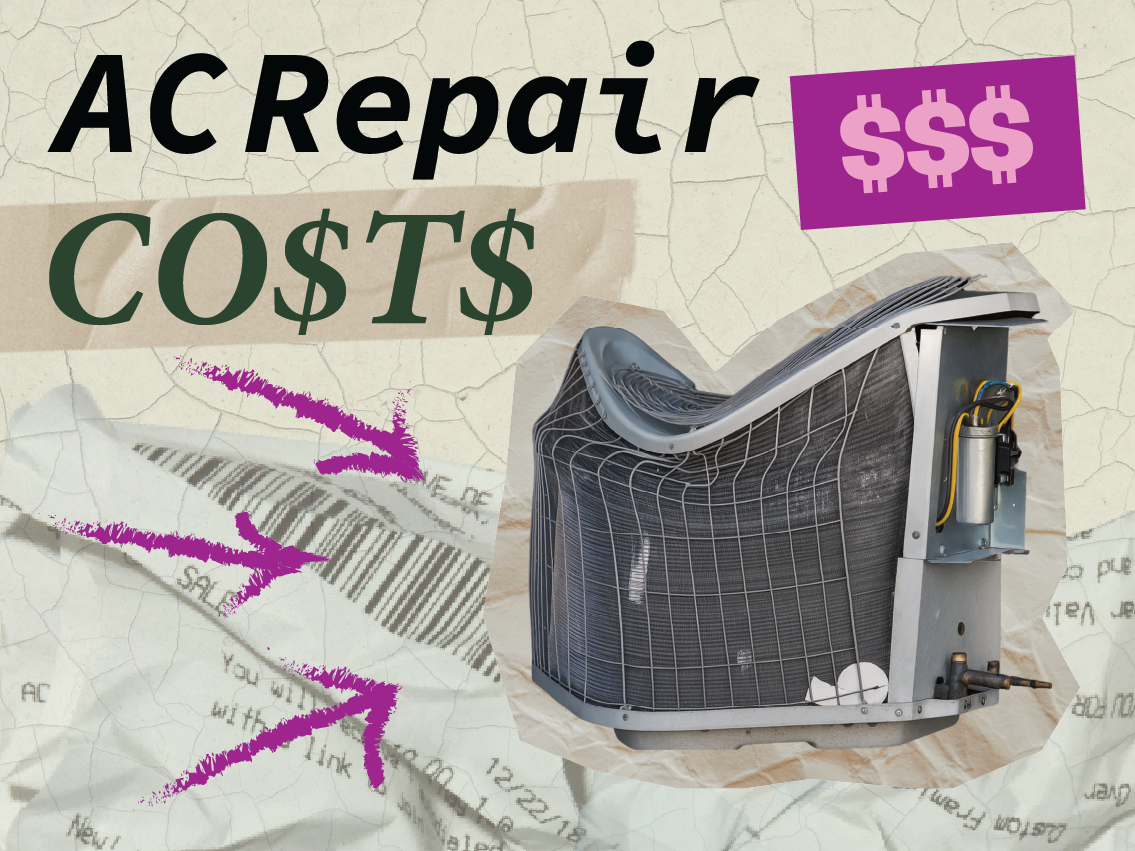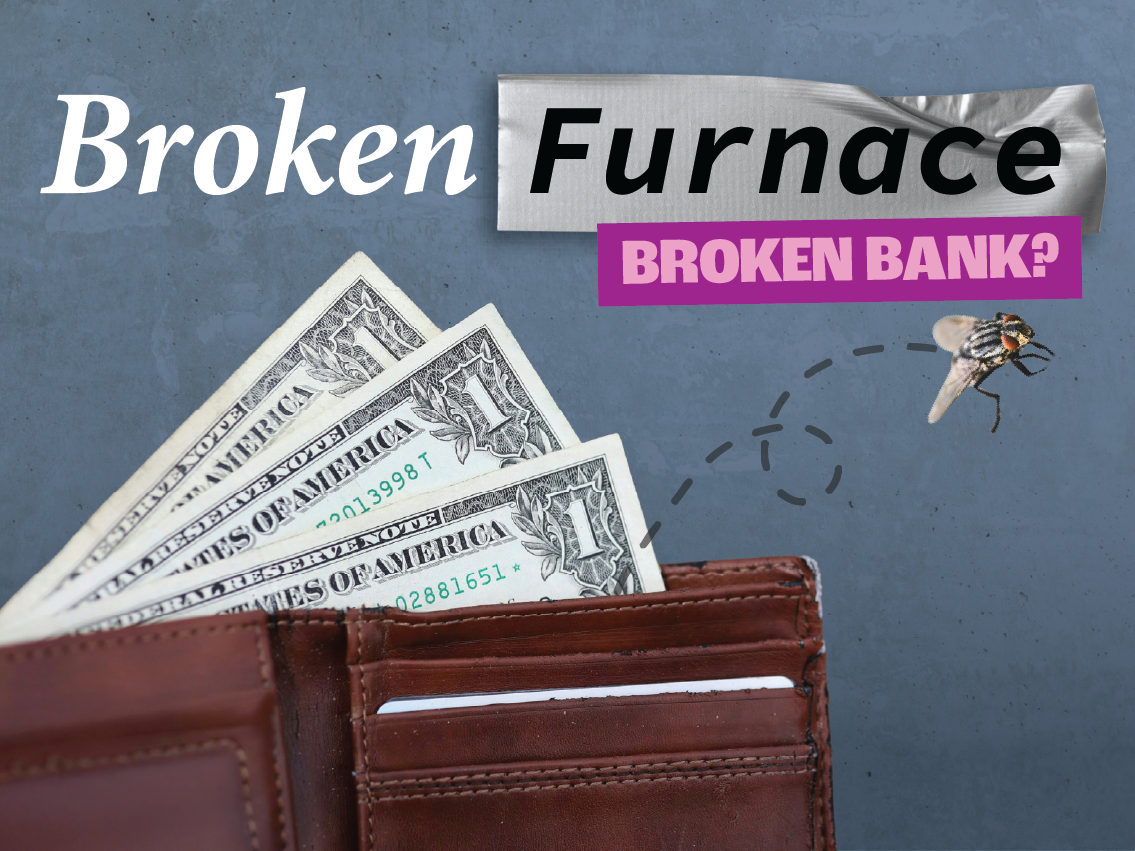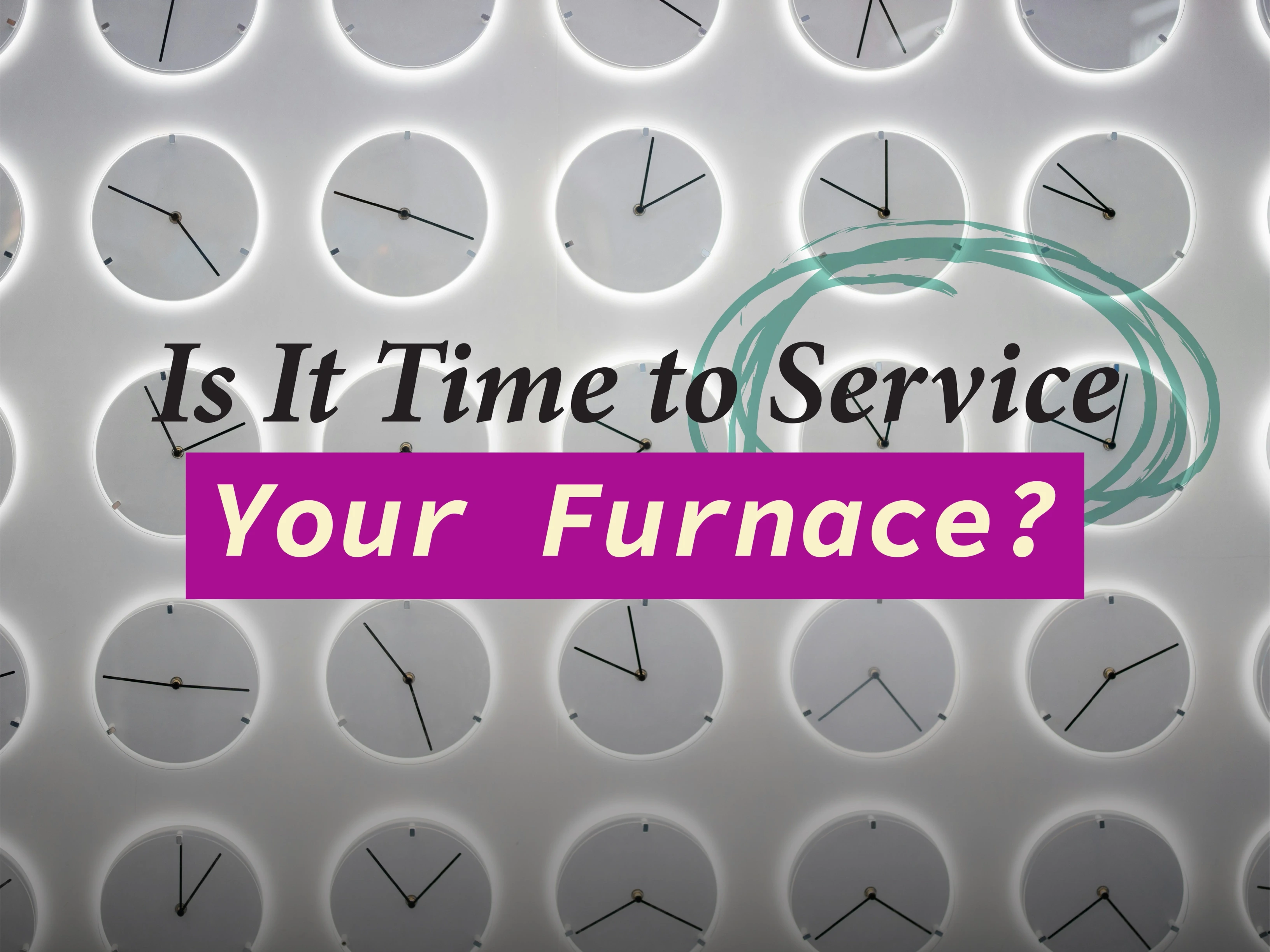When the winter season approaches and transitions into colder months, doing everything necessary to have your home in a comfortable warm atmosphere is definitely desired. The difficulty of having either to go through frequent breakdowns or to persevere with extremely old and less effective HVAC system to get your furnace replaced or installed all in 2025 can be a choice you never have to make.
Navigating the complexities of furnace installation and replacement doesn’t have to be overwhelming. This guide is designed to provide you with comprehensive insights into the process, furnace costs, and considerations to ensure you make the best decision for your home.
How Much Does a New Furnace Replacement Cost?
The cost of a new furnace in 2025 typically ranges from $3,807 to $13,983, with the average homeowner spending around $5,696. This price varies based on several factors, including the furnace’s size, type, and efficiency level.
Cost Breakdown by Size
Furnace size, measured in British thermal units (BTUs), directly impacts the price. The appropriate size depends on your home’s square footage, with larger homes requiring furnaces with higher BTU ratings. Expect to pay more for units designed to heat larger spaces.
Types of Furnaces and Their Costs
- Electric Furnaces: Cost-effective and energy-efficient for milder climates, ranging from $3,600 to $12,900.
- Natural Gas Furnaces: Popular for their balance of cost and efficiency, installation costs run between $2,800 to $10,000.
- Propane Furnaces: Ideal for areas without natural gas lines, costing $3,000 to $12,000.
- Oil Furnaces: Less common due to higher fuel costs, with installation prices between $6,750 to $10,000.
Efficiency Matters
High-efficiency furnaces, while pricier upfront, offer long-term savings on energy bills. Modern furnaces must have an Annual Fuel Utilization Efficiency (AFUE) rating of at least 80%, with high-efficiency models boasting over 90% efficiency.
Factors Affecting Furnace Installation Costs
Installing or replacing a furnace is a significant home improvement project that requires careful consideration of several critical factors. Understanding these can help you budget accordingly and choose the right furnace type for your home’s needs. Here’s a detailed breakdown:
Furnace Size
- How It Affects Cost: The size of the furnace, typically measured in British Thermal Units (BTUs), plays a pivotal role in determining the cost. The right size ensures efficient heating of your space without overburdening the furnace. Having a HVAC technician conducting a Manual J Calculation can help you with selecting the right HVAC system size for you.
- What to Know: An oversized furnace can lead to unnecessary energy expenditure and uneven heating, while an undersized one may struggle to adequately heat your home. Professionals use Manual J calculations to determine the optimal size based on your home’s square footage, layout, insulation, and climate.
Furnace Efficiency
- How It Affects Cost: The efficiency of a furnace is measured by its Annual Fuel Utilization Efficiency (AFUE) rating. High-efficiency furnaces cost more upfront but can provide significant savings on energy bills over time.
- What to Know: An AFUE rating of 90% or higher is considered high-efficiency, meaning 90% of the fuel is converted into heat. Investing in a high-efficiency furnace is particularly beneficial in colder climates where the furnace runs more frequently.
Enhancements and Accessories
- Smart Thermostats and Filters: Modern enhancements like smart thermostats and high-efficiency air filters improve comfort and air quality. While these add to the initial cost, they contribute to long-term savings and health benefits.
Additional Cost Considerations
- Installation Complexity: The complexity of installing your new furnace can affect labor costs. Factors such as the need for new ductwork, modifications to existing systems, or the installation of additional components (like smart thermostats) can increase the overall cost.
- Brand and Warranty: Premium brands often come with higher price tags but may offer better reliability and longer warranties. Consider the long-term value and peace of mind that comes with choosing a reputable brand.
- Permits and Inspections: Depending on your location, you may need to obtain permits and undergo inspections to ensure the installation complies with local codes. These requirements can add to the total cost.
- Rebates and Incentives: Explore available rebates and incentives for installing energy-efficient furnaces. These can significantly reduce your out-of-pocket expenses and make a higher-efficiency model more affordable.
By carefully considering these factors, you can make an informed decision that balances upfront costs with long-term savings and efficiency. Always consult with a professional HVAC contractor to assess your specific needs and to get an accurate estimate for your furnace installation project.
RELATED: Best Types of Furnaces for Your Home | The Ultimate Furnace Guide
Signs You Need a New Furnace
Ensuring the warmth and comfort of your home during colder months hinges on the reliability of your furnace. However, even with diligent care, a furnace’s efficiency and functionality can wane over time. To help you discern whether it’s time for repairs or a complete replacement, we’ve compiled key indicators that signal the need for a new furnace.

By staying vigilant and recognizing these signs early, you can prevent the discomfort of a cold home and the stress associated with emergency furnace replacements. Regular maintenance can extend your furnace’s lifespan, but when these signs become evident, it’s time to consult with HVAC professionals. Making an informed decision ensures your home remains a haven of warmth and comfort through the winter months.
Best Savings and Financing Options for Your Furnace Installation & Replacement
Choosing a new furnace in 2025 requires balancing between upfront costs, efficiency, and long-term savings. Here’s a concise overview of popular furnace system types. Here are expert strategies, going beyond traditional advice, to ensure you secure the best value for your investment in 2025:
Leverage Technology for Efficiency and Rebates
- Invest in Smart Thermostats: Pair your new furnace with a smart thermostat. Not only does it enhance efficiency by adapting to your habits, but some utility companies offer rebates or incentives for smart home upgrades. Explore options on the Energy Star website for smart thermostats that qualify for rebates.
- Research Local and Federal Incentives: Dive deeper into available energy rebates beyond the well-known federal credits. The Database of State Incentives for Renewables & Efficiency (DSIRE) is an excellent resource for finding local government and utility provider incentives for energy-efficient home upgrades.
- Environmental Impact: Besides financial savings, higher efficiency units have a lesser environmental impact due to reduced energy consumption.
Learn more about your Local Utility Rebates on the Department of Environment, Great Lakes, and Energy Page.
Embrace Comprehensive Home Energy Audits
- Utilize Free Energy Audits: Some utility companies provide free home energy audits. Take advantage of this service to identify not just how a new furnace can save you money, but also other areas in your home where efficiency improvements can reduce overall costs.
Navigating Financing Options For Your Furnace
- Personal Loans: Unsecured personal loans can be a flexible financing option, with varying interest rates based on creditworthiness. They offer the advantage of not requiring home equity as collateral.
- Home Equity Loans and HELOCs: For homeowners with equity in their homes, these loans can provide lower interest rates than personal loans. A home equity loan offers a lump sum, while a Home Equity Line of Credit (HELOC) provides a credit line to draw from as needed.
- Special Financing Programs: Some HVAC contractors partner with financial institutions to offer special financing terms for AC installations, such as deferred interest periods or reduced APR. These can be valuable options for managing the cost without dipping into savings.
- Energy-Efficient Mortgages (EEMs): For those buying or refinancing their home, an EEM allows borrowers to finance cost-effective, energy-saving measures as part of the mortgage, potentially enabling a larger loan amount to cover the AC replacement.
Learn and Explore financing options for your AC Installation through Michigan Saves.
Prioritize Comprehensive Service Packages
Seek Value-Added Services: Look for HVAC contractors who offer value-added services such as extended warranties, free maintenance check-ups for the first year, or discounted service plans. These extras can provide long-term savings and peace of mind.
Smart Financing and Long-term Savings Plans
- Explore Financing Options: Many HVAC companies partner with financial institutions to offer low-interest or interest-free financing options. This can make a high-efficiency furnace more accessible without the upfront financial burden.
- Set Up a Savings Plan: If a furnace replacement is on the horizon, start a dedicated savings plan now. Setting aside a small amount each month can lessen the financial impact when it’s time for the installation.
Maintenance: The Key to Longevity and Efficiency
- Adopt a Proactive Maintenance Mindset: Regular maintenance by a HVAC professional can extend the lifespan of your furnace and keep it running at peak efficiency. This reduces the need for costly repairs and ensures you get the most out of any high-efficiency unit you install.
By adopting these strategies, you’re not just cutting down on immediate installation costs; you’re investing in a future of reduced energy bills, enhanced home comfort, and environmental stewardship. Peak Heating and Cooling is your partner in navigating these choices, ensuring your furnace installation in 2025 and beyond represents both comfort and smart financial planning your furnace installation.
The Verdict
Navigating the costs and considerations for furnace replacement in 2025 requires a comprehensive understanding of your heating needs, the options available, and when to make the transition from repair to replacement. With this guide, you’re better equipped to make informed decisions, ensuring your home remains warm and comfortable for years to come.
For more detailed insights on furnace maintenance, repairs, and installation services, visit our dedicated pages on Peak Heating and Cooling’s website. Embrace a warmer, safer, and more efficient home with the right knowledge and professional HVAC support.
Make the Best Decisions with Peak Heating and Cooling
Before you make a decision about your air conditioning needs, it’s crucial to arm yourself with knowledge. Explore our curated selection of insightful resources:














